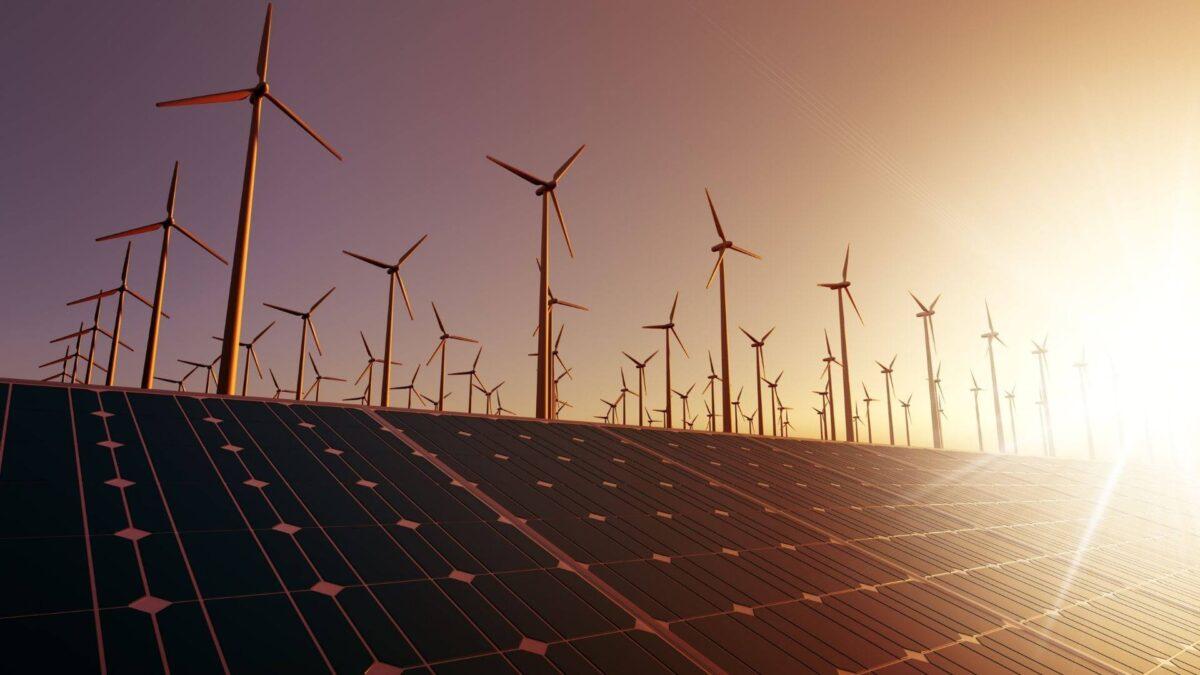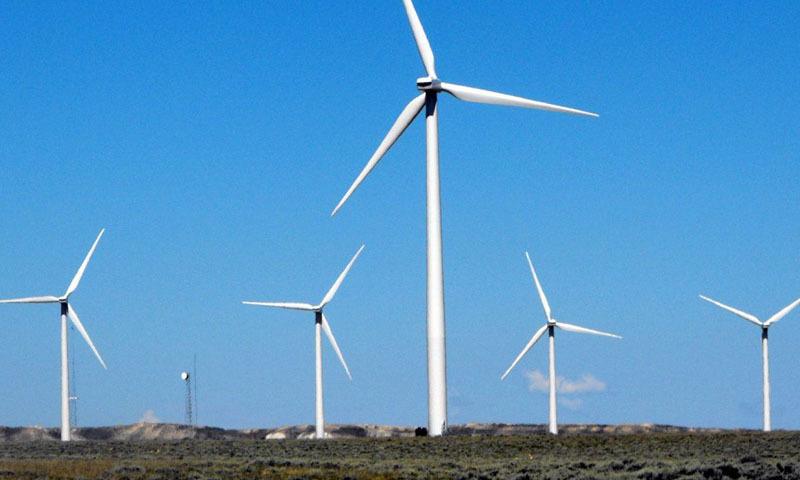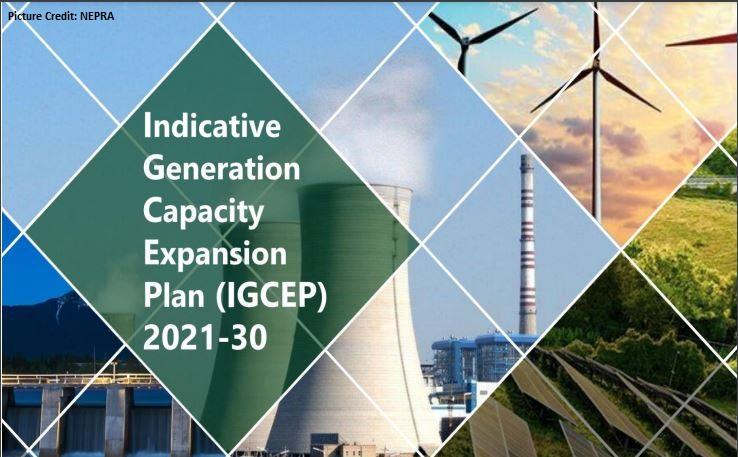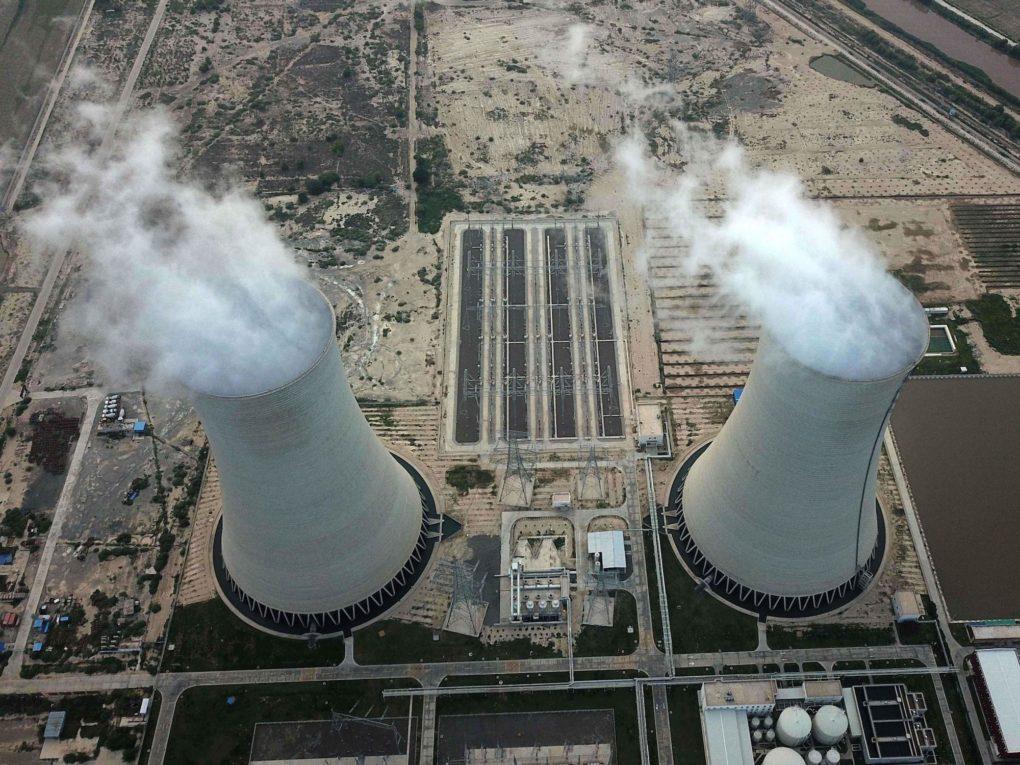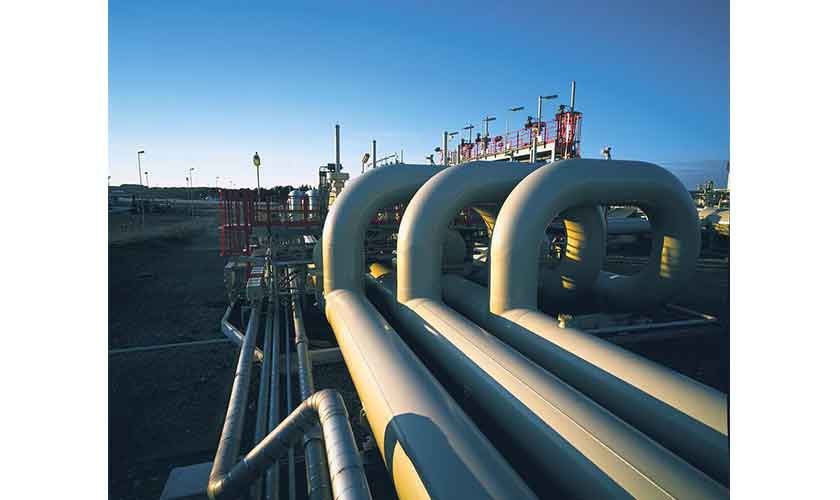
Ranked as the 21st country in the world in terms of natural gas consumption, Pakistan is currently facing a severe supply crisis, which has intensified with the advent of the winter season. The demand for gas has soared above 2.5 billion cubic feet per day (bcfd) while the supply is around 1.7 bcfd.
However, the deficit for winter 2022-23 has been worked out at 1.35 bcfd. The deficit in the systems of the country’s two public utilities, Sui Northern Gas Pipeline Limited (SNGPL) and Sui Southern Gas Company (SSGC), is estimated to be 0.9-1.0 bcfd and 0.25-0.35 bcfd, respectively.
While the demand for gas is rapidly increasing — particularly in power, residential and fertiliser sectors — due to its subsidised prices, the supply is constrained by fast depleting local reserves and the increasing reliance on import.
The country’s proved gas reserves significantly decreased from 23.9 trillion cubic feet (tcf) in 2006 to 13.6 tcf in 2020, showing a steady decline in the domestic gas production since 2012. To bridge the gap, the government decided (in 2012) to import LNG from Qatar.
The following years saw significant developments vis-à-vis the LNG import deal, the establishment of auxiliary infrastructure and building of LNG-fired thermal power plants. In 2016, Pakistan signed a multi-billion dollar deal with Qatar to import LNG for 16 years.
Two LNG storage and gasification terminals were completed in 2015 and 2017 in Karachi. A number of LNG-based power plants — including the five major operational ones in Nandipur (525 MW), Bhikki (1,231 MW), Haveli Bahadur Shah (1,277 MW), Balloki (1,276 MW) and Jhang (1,263 MW) — were planned to be constructed.
Mainly due to induction of these power plants, Pakistan’s LNG import increased from 19,795,505 MMBTU in 2015 to 348,587,218 MMBTU in 2020. Correspondingly, the import value increased from $151 million in 2015 to $2,559 million in 2020.
Following the Russo-Ukraine war and consequent spike in prices of LNG in the international market, importing LNG to meet domestic needs is becoming more difficult for Pakistan. The government is struggling even to procure the LNG cargos agreed to under the long-term deal with Qatar, let alone purchase from the spot market.
Notwithstanding the fact that its local reserves will exhaust in the next 10-12 years and the warning from international research institutions that soaring prices of imported LNG are not likely to lessen at least before 2025-26, Pakistan is paying no heed to cutting its dependence on gas. Instead of looking for alternative fuels and sources of energy to cope with the crisis, the country is still planning to expand its gas infrastructure and add new LNG-fired thermal power plants.
Energas and Tabeer Energy are setting up two new LNG terminals in Karachi. The recent iteration of Indicative Generation Capacity Enhancement Plan (IGCEP 2022-31) includes one committed and two candidate LNG-based power projects.
A research launched by the Institute for Energy Economics and Financial Analysis (IEEFA) in June this year warned that Pakistan’s “shift to LNG undermines the country’s energy security and financial stability”. Pakistan’s LNG imports, which were around $2.6 billion in FY2021 are likely to rise above $32 billion in FY2030, the IEEFA research estimates.
Costly LNG is set to complicate pre-existing issues in the country’s gas system, including low final tariffs, inefficient cross-subsidisation, volumes of unaccounted for gas and circular debt. The volatility of LNG prices and supplies can have substantive negative macro-economic spillover effects, affecting power, fertiliser, textile and other sectors that are highly gas dependent.
Apart from its negative financial and economic impacts, gas is not socially and environmentally safe. The gas industry can harm communities and ecosystem in many ways, causing water contamination, air pollution and inflicting harmful impacts on the health, safety and well-being of local communities.
The residents of Rehri Goth, the last fishing village in Korangi creek, are worried about livelihood losses induced by LNG terminals at Port Qasim, Karachi. Thousands of mangrove trees along the Karachi coast are being cut to make way for gas terminals, causing enormous biodiversity losses and posing serious disaster risk.
Although the global LNG lobby has been promoting gas as a relatively climate-friendly transition fuel, methane leaks contribute 20 percent of worldwide atmospheric emissions. Increasing consumption of LNG is posing a serious challenge in the way of achieving the target of limiting rising global temperature at or below 1.5 °C.
Pakistan’s increasing dependence on LNG is not only a contravention of its commitment to the Paris Agreement of 2015, but also against the spirit and principles of climate justice. To curtail its reliance on fossil gas, Pakistan needs to invest more in alternative green energy options, including biogas, green hydrogen, solar and wind power.
As an agrarian country, Pakistan can use animal manure and agriculture waste to produce biogas and substitute it for natural gas, at least for domestic heating and cooking purposes. Biogas, being an indigenous resource, can also help ease the country’s financial burden.
Green hydrogen, the technology for which will become increasingly cost-effective in future, offers another opportunity to replace natural gas in the fertiliser industry, which use gas both as energy and for feedstock.
Besides, Pakistan needs to harness the potential for solar and wind power available in its southwestern parts. There is a huge difference of electricity generation cost between LNG and the renewables like solar and wind power.
During the previous winter season, the cost of power generation through LNG was as high as Rs 16/KWh whereas the price of electricity production through solar and wind technologies was just Rs 6/KWh.
Apart from adopting green energy options to replace natural gas, Pakistan needs to take some policy measures for improving the governance of public utilities and other stakeholders in the gas sector.



